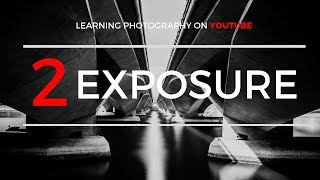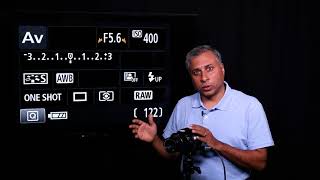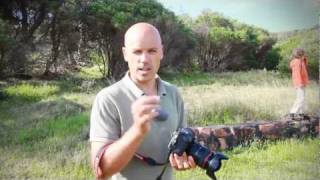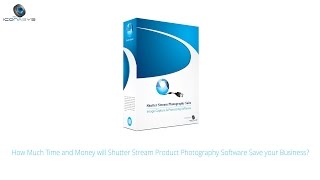Saturday, 27 December, 2025г.
















Где искать: по сайтам Запорожской области, статьи, видео ролики
пример: покупка автомобиля в Запорожье
Shutter Speed: A Simple Introduction
A Simple Intro to Shutter Speed: http://www.simplephotoschool.com/shutter-speed-a-simple-introduction/
I'm Scott Stephens with Simple Photo School. Have you heard people say "shutter speed", but never really knew what they meant? Today, I'm going to tell and show you exactly what it is...and how to use it to start taking photos you love.
Shutter speed is most easily defined as the amount of time your shutter is open. Whether that's 1 sec, or 1/4000th of a second, knowing how to use shutter speed to your advantage is a basic photographic skill you shouldn't live without. And...Make sure you stick around until the end for one quick tip that can instantly help you take better photos.
Alright...so I'm going to explain to you exactly how the shutter works and then I'll give you 3 creative ways you can use shutter speed to start taking photos that you love.
So, first things first. I mentioned earlier that shutter speed is the amount of time your shutter is open. But what is the shutter exactly? Well, the shutter is the mechanism that moves to reveal your image plane (that's your film plane or digital sensor) to light from your lens. The shutter is made up of two parts, we'll call them curtain A and curtain B (Use my arms to demonstrate). Those curtains are closed until you fire the shutter button on your camera. When that happens, curtain A rises to allow light to hit the image plane. Then, curtain B rises to meet it, and they both reset to their "closed" position together.
In DSLRs and SLRs, there's an extra step: a mirror is located at a 45° angle, in front of the shutter curtain bouncing light up to your viewfinder. When you fire the shutter release button in an SLR or DSLR, that mirror rises first, allowing light to reach the shutter curtain. Then the shutter curtain opens.
A mirrorless camera, obviously, lacks mirrors.
Ok, so maybe that's a little complex. But, now that you know how the shutter works...So, how can you use shutter speed to start taking photos you're proud of? Here's 3 ways to get you started.
Since shutters allow the light from a scene to enter your camera, the amount of time that the scene changes while exposed to your image plane drastically affects the end result of your photo. Case in point...
Shutter speed Tip #1: Freeze Motion
Using a fast shutter speed, like 1/250th of second or faster, can freeze fast-moving objects like water splashing, cars racing by or athletes in competition.
Shutter Speed Tip #2: Slow Shutter
If you take a scenic photo of a river rushing by and you use a fast shutter speed, you end up freezing all that movement in a really harsh way. That's why there's so many photos of rivers and waterfalls with blurry, foggy streams of white. If you've ever wondered how they do it, I'm going to tell you. They use a slow shutter speed to allow all of that movement to be captured in one image. These photos are usually taken at shutter speeds of ½" or slower. The result is beautiful.
Shutter Speed Tip #3: Showing Movement
Utilizing a slightly slow shutter speed can convey movement while still retaining detail. Image a dancer mid-move, or a car racing. The resulting motion blur becomes part of the story, capturing not just the subject, but the movement of the subject as well.
Alright, now you know what a shutter is, and how you can use shutter speed to start taking images you LOVE! I should also add that typically, your shutter speed is available to you (in the manual mode) via a dial near the shutter release button. It's exact placement may vary, so check out your camera manual to find out exactly where it is.
Oh, I forgot your quick tip. If you're struggling with your photos looking soft. It might be because your shutter speed isn't fast enough while shooting handheld. A good rule of thumb is to use 1/ 2*the focal length of your lens. So if you have a 50mm lens on your camera, shoot at a minimum shutter speed of 1/100th of a second handheld, if you're steady-handed. If you're like me and you have shaky hands, better double it. That's 1/200th or 1/250th to be safe. Your images will suddenly get sharper. I guarantee it.
Go ahead and subscribe to the Simple Photo School channel below so you always get the newest videos on photography tips and techniques to help you start taking great photos.
Image Credits Creative Commons Attribution:
S. AlSaleh - http://www.flickr.com/photos/68404240@N02/7036077617/
Alex Penfold - http://www.flickr.com/photos/38980154@N08/7073190945/
Теги:
photography basics shutter speed Camera Photography (Invention) Digital Shutter Introduction cameras for beginners dslrs for beginners understanding photography exposure photography exposure Beginning Photography Photography 101 Tips for Better Photography Photography Tutorial Fundamentals of Photography Digital Photography for Beginners Photography for Dummies Photography Tips and Tricks Photography techniques photography shutter camera shutter
Похожие видео
Мой аккаунт


 У вашего броузера проблема в совместимости с HTML5
У вашего броузера проблема в совместимости с HTML5


